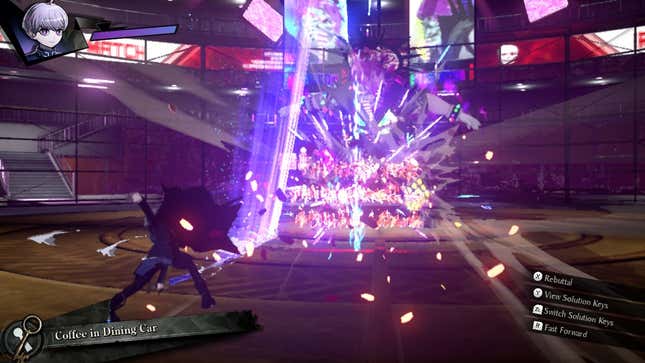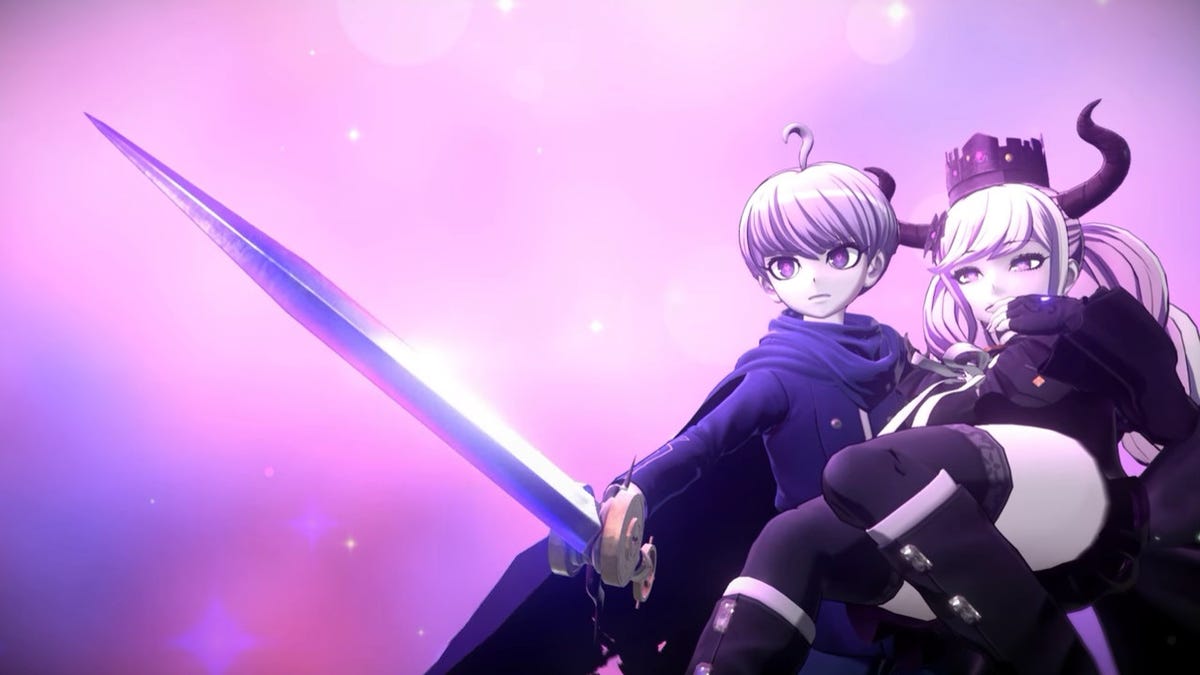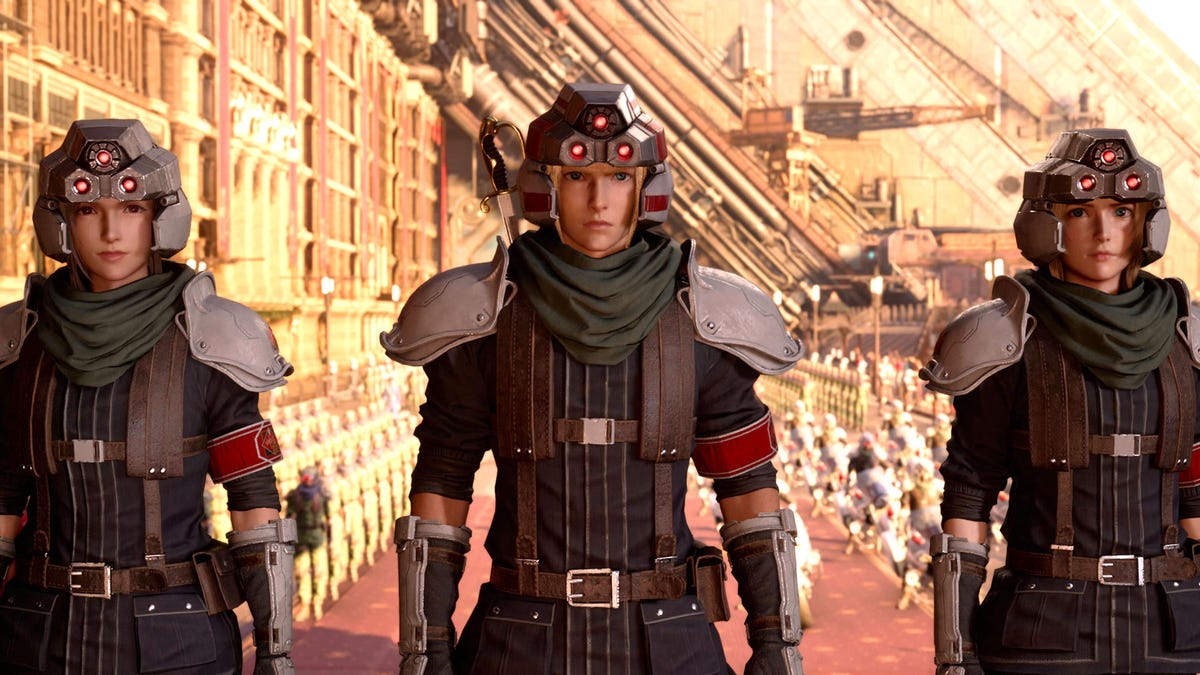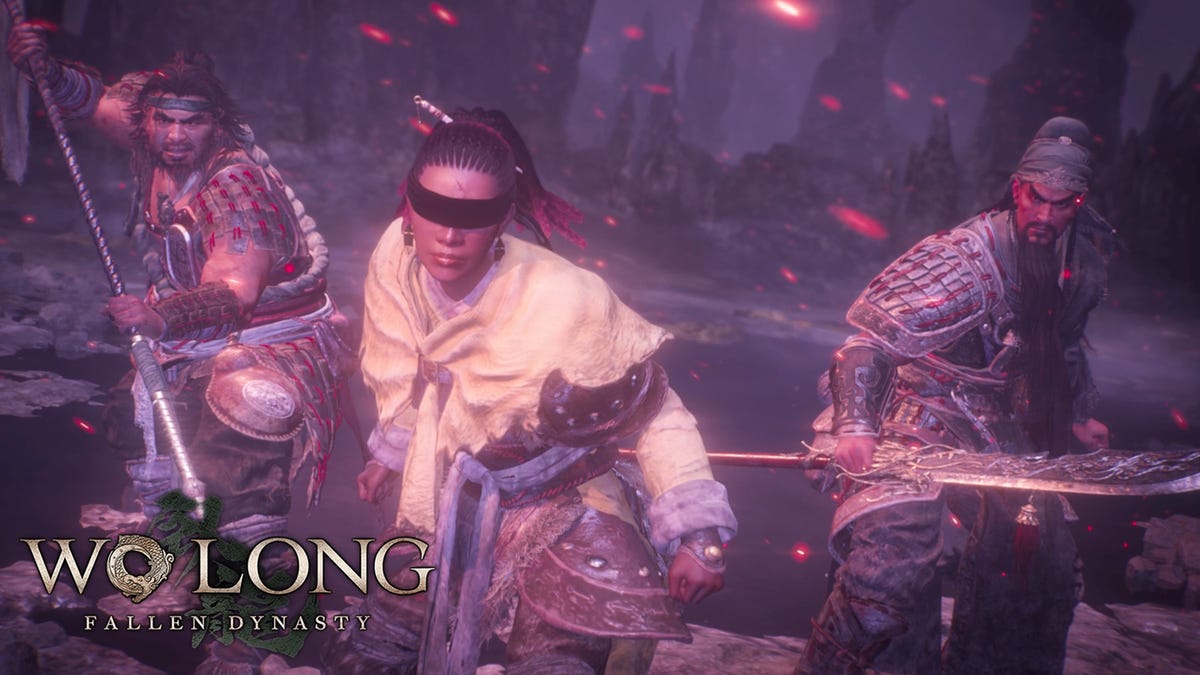I prefer not to compare Master Detective Archives: Rain Code to the games the creative team knows best, but I can’t help but when the latest murder mystery from Spike Chunsoft and Too Kyo Games definitely invites comparison. like Danganronpa before that, Rain Code A murder mystery set against the backdrop of Masafumi Takada’s techno-jazz score from the mind of Kazutaka Kodaka, embellished with Rui Komatsuzaki’s distinctive art style. Almost every mechanic has a 1:1 equivalent. DanganronpaI’ve played all the way through and wondered if everyone involved would prefer to make another one of these games, but Danganronpa V3‘S curse meta-codaily It’s about burying a series until it’s beyond recognition.
Whatever the motivation, Rain Code there are still many Danganronpa‘s pink blood runs through his veins, and though it took some time to catch up with his predecessor, he got me hooked with his latest cases and hoped that Kodaka might have found a new outlet to satisfy his fascination with the mysteries. without returning to an already finished story.

Rain Code It follows a detective Yuma Kokohead who is trained in a world where detectives are super-powered figures respected all over the world. He is an amnesiac who, with his love of carnage and death, makes a pact with a death god named Shinigami, who takes the form of a purple puffy ghost, and also enjoys it with carefree whim. Much like Kodaka’s previous work, the game uses the two characters’ opposing worldviews to constantly oscillate between challenging risks and absurd humor, but uses its supernatural framework to bring the team’s usual antics to an inevitable exaggerated conclusion. A lot Rain Code It feels like the craziest of Kodaka’s writing style, no longer tied to the limitations of a (relatively) grounded medium, and free to use magic, superpowers, and god-like beings to justify some wild imagery, for better or worse.
It put me off for the first few episodes Rain Code‘s supernatural elements and how they frame the mystery-solving process. As Yuma and Shinigami try to solve crimes in the city of Kanai Ward, Shinigami opens a pocket-sized maze to the Mysterious Maze. These are quite comparable to a Palace. Person 5 for they are physical manifestations of the mystery itself. Every question about a case is given real form, whether it’s doors to walk through to answer a multiple-choice question or an enemy Yuma has to literally fight with a knife that carries the truth. hack your arguments as they appear on the screen as text.
Danganronpa represented the same concepts through more symbolic mini-games, such as imagining yourself snowboarding downhill and choosing paths that represent the answers while you make inferences. Rain Code uses the Mysterious Labyrinth to give everything a narrative place in his world. I admire the dedication to the piece, but the framing initially felt like a backwards bending of the game. Danganronpa translating each moment of deduction and reasoning into a legally distinct format that justifies concretely rather than conceptually.
It wasn’t until later episodes Rain Code I really started to take into account the reality of using the Mysterious Maze that I started purchasing. Shinigami is a ghost when he and Yuma are in the real world, but when they enter the Maze, he changes the mascot character design for his true form. : a tall gothic woman who collects the souls of the criminal at the end of each case. When Yuma faces the truth, she also faces the price of finding it. Different Danganronpa, this method and result was not forced on Yuma, he just constantly falls on her as he puts his back foot. at its core, Rain Code It’s about the pursuit of the truth and its consequences, but while Shinigami leaves corpses behind, the game assumes that truth is not morally right or wrong. As people expose it, they can build themselves from the truth rather than tear it down further.
Because Rain Code constantly invites comparisons with Kodaka’s most productive work. If it weren’t for all the obvious mechanical and artistic parallels, this core belief in humans is the symmetry that connects this team’s past and present work. Rain CodeThe later episodes of ‘s evoke the same burst of emotion this team is best known for, even if it takes time to get there. In many ways, its narrative and mysteries become messy, sometimes diluted rather than enriched by supernatural framing. But despite my initial doubts, I was surprised at how well it came together. Given this team’s history, I probably should have trusted Rain Code to finally get me.
All frames aside, Rain Code technically it feels rough around the edges. Instead of using the 2D character-based visual novel style Danganronpaalmost everything Rain Code It’s rendered in 3D, and this game does something fierce on Switch. Whether during the exploration episodes in Kanai Ward or the action-focused set pieces in Mysterious Labyrinth, the game often feels like it’s struggling to hold itself together. While providing a third-party, 3D installation Rain Code it has a flavor of its own and provides some pretty spectacular visual moments to the game (Kanai Ward’s neon-soaked cyberpunk aesthetic looks great when it’s not in motion), there were long periods when the game felt like it needed another pass for technical polish.

At a certain point, I think I became desensitized to framerate drops and bought the concept and was happy to dive into Mystery Labyrinth. relatively, Rain Code‘s cases are not as elaborate as those of its predecessor, but at the heart of each were satisfying mysteries and an explosive human element. Even if I doubt an explanation, Rain Code would quickly point to a long-forgotten clue that connects things. Some solutions may have sounded compelling, but within the world he created, these cases felt airtight and satisfying to resolve, even if it was devastating to watch the outcome unfold.
Rain Code It was created by a team that knows how to make these types of games, and as a long-time fan of the themes that Kodaka tends to write around, I was quite impressed in the end, although it almost lost me in the beginning. If you haven’t been a fan of Kodaka’s mix of camping, heavy themes, and drama, Rain Code it probably won’t hold you back. But even though it feels like this Danganronpa‘s distant cousin makes it clear that this team doesn’t need to rely on Monokuma’s death game as a crutch and can instead build something new on its bones. Hopefully this means Kodaka can continue to let old things die on their own terms and do new things instead.




